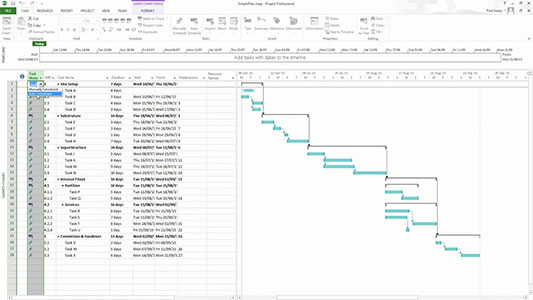
by Sanjoy Dutta | Aug 5, 2024 | Blog, Software training
MS Project Strategy by Thought Process Organisations offers various comprehensive courses. This training programme is globally recognised by many industries. MS Projects, a perfect tool from Microsoft, is greatly used for project management, helping professionals plan, manage, and execute various projects effectively. Training in MS Projects: discovering the interface, scheduling, setting projects, managing budgets, etc. PMP project management professional training focuses on broadening and understanding project management practices; it covers planning, execution, monitoring projects, etc.
Best MS project and PMP Training by Thought Process Organisations
Thought Process Organisations offers a wide range of IT and project management-related courses, including MS Project Training. It’s a comprehensive, industry-relevant programme with a past success story. They continue their programme in depth with material and support through the certification process. This organisation provide extensive support and resources to gain success in the PMP exam. Thought Process enhance the utilisation of MS projects through potential resource allocation. They enhance tracking progress with task progress. They offer organisational projects, their life cycle, processes, etc.
Course Content for MS Projects and PMP Training by Thought Process Organisations
- Introduction to MS Projects: This module covers an overview of project management with concepts of MS Project Strategy by Thought Process, Project Management Activities, etc.
- Initiated a Project: This module covers how to create a project plan with project dates, set up projects, and also introduces setting up calendars.
- Task Relation Management: This module covers task duration, understanding task relationships, organising tasks into phases, etc.
- Tracking Progress and Resource Management: This module covers adding, assigning, and managing resources. Update the task programme and know the actual progress.
- Advanced features: This module works with multiple projects, customised reports, and how to learn how to create tables and display projects on a screen.
- Project Activity: How to finish a project, finalise a project, close tasks, create reports, etc. provides these modules.

PMP Training Content
- Introduction to PMP Certification: This module covers understanding the value of PMP certification, exam-related queries, and the certification process.
- Project environment: This module introduced how to explore organisational influences, the project cycle, and project management systems.
- Project Integration Management: This module covers the outline of processes involved in project development, project work management, project knowledge integration, etc.
- Scope Management: This module introduced how to deal with techniques such as scope definitions, validation, control, etc.
- Project Compliance Management: This module covers identifying quality management, assuring quality, and controlling quality. Planning and estimating projects are also part of this module.
- Project Stakeholder Management: This part covers identifying stakeholders, planning strategies, Managing management, and monitoring stakeholder relationships, and communications during the project cycle.
Certification of MS Projects and PMP Training by Thought Process
Certification of MS projects would test abilities in computing and using Microsoft technologies. Projects operate as well. Certification can be beneficial for career advancement in a project management role. A popular certification holder must earn money from professional development to maintain their certification. PMP certification is highly valued across industries and enhances project manager’s careers by demonstrating their management profession.
Contact Email ID: info@thought-process.in
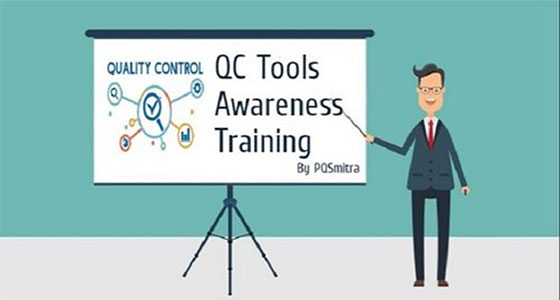
by Sanjoy Dutta | Aug 5, 2024 | Blog, Software training
Thought Process Organisations is a reputable training institution. Quality tools training Modules mainly involve the factor of helping to learn tools, principles, and practices that are supported in the integration of software development in the automotive industry. This training aims to not only help professionals but also manage the progress of whole software development services. Technology and tools help to develop effectiveness. This training on quality tool standards covers methodologies and tools for ensuring quality in the automotive industry. These tools and techniques maintain IATF standards, which specifically focus on quality management systems in the automotive sector.
Quality Tools for Training Programmes by Thought Process Organisations:
The primary objectives of the Quality Tools Training Modules programme are typically offered as a part of professional development workshops designed to help professionals in the automotive industry. This programme helps to understand how to apply principles effectively to improve the manufacturing process.
Topics of the Quality Tools Training Programme in Thought Process Organisations:
The core topics are covered in IATF training. Specially cover
- Module 1: This paper covers Statistical process control: monitoring and controlling the whole quality process by tracking processes.
- Module 2: FMEA It is important to understand how to systematically increase product reliability through potential failure modes.
- Module 3: This module introduced APQP. Understand the structuring process of products and ensure their quality with development.
- Measurement systems Analysis: Evaluation of the measurement system.
- PPAP: Evaluate the engineering design and innovative requirements.
- Lean Manufacturing: Reduce waste and improve the efficiency of quality tools.
- Total quality Management: A great approach to long-term success through satisfaction.
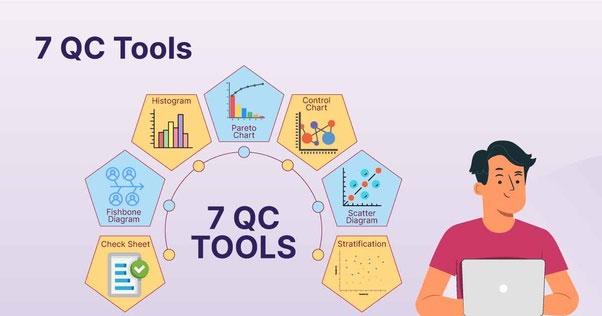
Course Content: Quality Tools Training by Thought Process Organisations
The course duration mainly depends on a few weeks to a few months, depending on the syllabus and depth of the course. Practical experience is very impressive in this course content because lab service and lab projects are available here. Hand-to-hand assignments also build the student’s skills and future. The course content for quality tool training, especially in IATF in the automotive industry, includes instructions on several methods, like:
1. Basic statistical analysis: This module covers the basics of statistics and probability. Exploring the control charts and variable attributes plays a role in quality tools. Process capability analysis systems note this module. Define special and common cause variations here, as well as the implementation strategy for controlling processes.
2. Effects analysis: This module helps to understand different types of design FMEA. And described risk priorities with risk reduction strategies. This section notes how to identify failure modes and their effects. How to create a utility FMEA worksheet with control plans.
3. Phase of APQP: The role of APQP is very important in quality tools training. This module covers programme product design development, the process of design development, validation, etc. The role of APQP and PPAP and their relationship functions are also noted here. Manage documentation.
4. MSA idea: This module covers the principles of measurement systems with an RR study and defined stability assessment, linearity, etc. It also notes the selection of appropriate measurement tools and techniques.
5. Introduced six Sigma: This module covers an overview of Six Sigma methods. Various tools like 5s, kanban, etc. Various methods for learning Sigma are explained here.
6. Total Quality Management: This module covers the principles of quality management and their improvements. Diagrams, charts, etc. note this module. Focus on the organisation’s strategy.
Certificates and Testimonials:
Certification after this course is very fruitful. These courses combined theory lessons with practical exercises. Certification enhanced their proficiency in these areas.
Feedback and Review:
This training programme is very effective. Training, job placement rates, and skill acquisition with industrial demands are very appreciated. This training could help potential students make vital decisions.
Contact ID for any Information:- info@thought-process.in
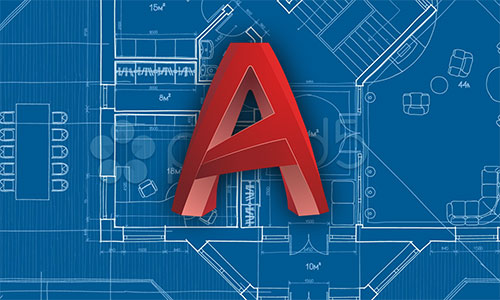
by Sanjoy Dutta | Aug 1, 2024 | Blog, Software training
Various training institutes provide Course Content of Autocad Training. Other organisations also provide this training. Among them, Thought Process Organisations offers Autocad Training properly with guidance. AutoCAD training mainly introduces learners to the fundamentals of AutoCAD software. In various engineering fields like civil, mechanical, and electrical, this training plays a vital role. The training covers everything from basic to advanced concepts. Practical exercises are also included in this course. This training helps to simulate learner knowledge and prepare them for professional industries.
Thought-process organisations Kolkata, Balleygaunge:
Fits and Tolerances The training centre is located in Balleygaunge, Kolkata. This training centre provides precision engineering courses, including an AutoCAD training course. Thought Process Organisations in Kolkata offer AutoCAD training as a part of their IT fields and automation training. They offer specialised AutoCAD for mechanical, civil, and electrical interior design sectors. They provide a placement guarantee as well. This institution offers AutoCAD training programmes for mastering techniques. Their course provides 2D drafting and 3D modelling, This institution offers AutoCAD training designed by industrially skilled CAD professionals. They mainly focus on project-based work, architecture, engineering, and construction.

Course Content of AutoCAD Training:
- Introduction to AutoCAD: This module introduced the definitions and fundamentals of AutoCAD. This module introduced the definitions and fundamentals of AutoCAD.
- Drawing Fundamentals: This module covers the concept of drawing lines, circles, rectangles, and other basic shapes. Understanding the units and coordinates.
- Modifying Objects: This module introduced some techniques like trimming, extending, scaling, and moving. It’s also described how to use layers, colours, and lines effectively.
- Dimensioning and Annotations: This module covers text labels, how to create dimensions, and other annotations and drawings.
- 3D modelling: Introduction to 3D drawings, including navigation, simple techniques, viewing, etc.
- Others Object: How to create blocks, hatching, polylines—this is the topic of AutoCAD training.
- Plotting: How to configure layout, print, manage plots, draw, etc. is the topic of this module.
Key Objectives of AutoCAD Training:
Autocad training’s key objective is understanding the fundamental concepts of Autocad and applications of knowledge. Measure quality control and gain proficiency in terminology and GD&T. Learn about effective design. Develop basic and advanced drawing skills, like 2D and 3D drawings, and learn the important tools and features of AutoCAD. This course aims to enhance the learner’s design and drafting quality with excellence and speed. This training programme helps to enhance technical proficiency.
Certification of this Course: Certification of AutoCAD training can enhance a professional’s credibility and make it more attractive to the present job field. AutoCAD certification enhances career opportunities and professional credibility
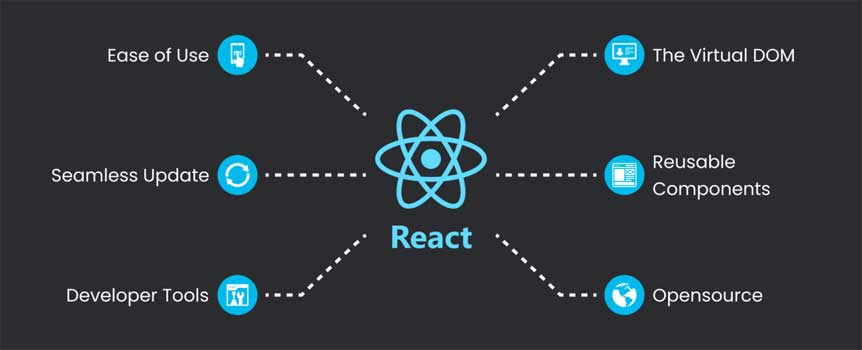
by Sanjoy Dutta | Jan 20, 2024 | SoftSkill Training, Software training
React JS was designed to create sophisticated user interfaces using a very simple and clear syntax. It allows developers to build reusable components, write less code for UI implementation, and achieve better performance and stability. It’s also highly scalable, allowing engineers to build web applications of any size. Additionally, React is extremely SEO friendly and is ideal for websites requiring lightning-fast loading, such as eCommerce sites with thousands of products or real estate portals with interactive maps, filters, and dynamic content.
The most popular use case for React is developing applications with a large amount of data and changing it often. To keep the application fast, React uses a virtual DOM (Document Object Model). The virtual DOM is a copy of the actual DOM, and every time there is a change in the data state, React will update the virtual DOM first. It then compares the virtual DOM to the actual DOM and figures out which parts of the page have changed. Then, React will figure out the least expensive way to patch the changes in the real DOM without rendering it again. This approach avoids layout trashing and significantly improves performance.
The popularity of React JS
React is also a great tool for creating complex user interfaces with many components, as it makes it easy to manage changes and the relationship between data and what appears on the screen. In comparison, jQuery can be challenging for such tasks due to its heavy and slow memory footprint.
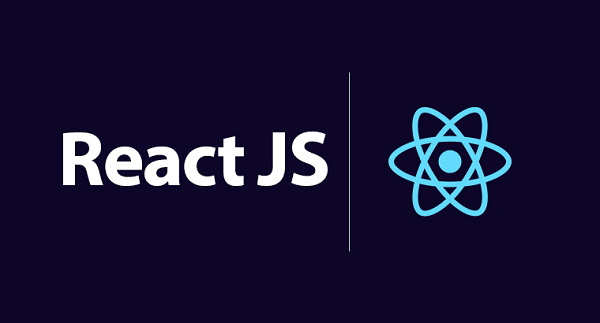
One of the main reasons React is so popular is its ability to debug quickly and efficiently. The React framework uses unidirectional data flow, making it easier to track and debug errors. Additionally, React JS uses a virtual DOM, which is a lightweight copy of the real DOM, and this enables faster rendering and loading of web pages.
React also enables developers to create more structured and organized codebases. This is particularly beneficial for teams that have to deal with large-scale projects and numerous components, states, and data flows. It’s no surprise that React is a great choice for forums, job boards, e-learning sites, and any other platform that
requires high levels of interaction between users.
React JS has become an indispensable tool for thousands of companies, including some Fortune 500 brands, like PayPal, Netflix, Tencent QQ, and Airbnb. In addition to providing a rich library of ready-made UI components, React has helped them achieve lightning-fast load times and better search engine optimization. As a result, they have seen an increase in traffic and sales. Moreover, React can be used to develop both web and mobile apps.

by Sanjoy Dutta | Jan 13, 2024 | Software training
Mainframe computers, referred to as big iron in some circles, are used in areas that cannot be handled by a mini-computer. The mainframe’s architecture allows for high volumes of users and transactions. It has a large memory capacity and can process a high volume of data at a very rapid rate. This makes it ideal for processing large amounts of information and storing massive databases.
It is also capable of running multiple operating systems simultaneously on a single machine. Typical combinations include z/OS, z/VSE, Linux for System z, and z/TPF. These systems are highly stable and reliable, with mean time between failure measured in decades. The scalability of mainframes means that businesses can add or remove capacity without interrupting operations.
Uses of Mainframe Computer
Mainframes were once found in almost every business, but today they are used primarily by large companies for mission-critical applications. These include censuses, industry and consumer analytics, enterprise resource planning, and large transaction processing. These applications are so important to the company’s success that they must be available around the clock. Pausing them to update software could be costly for the organization, or even endanger national security in some cases.


Airlines use mainframes to keep track of flight networks and passengers, a huge task that requires the ability to handle enormous amounts of data quickly and accurately. These systems are also used by many traditional brick-and-mortar stores to manage inventory and by many online retailers as well.
Banks, both investment banks and plain-old retail banks, rely on mainframes to process the massive amount of transactions they generate. From credit card processing and ATM withdrawals to online account updates, these systems provide the reliability and scalability that commodity servers simply can’t match.
There were several mainframe competitors in the past, including Univac, Sperry, Amdahl, and GE. However, IBM now dominates the market for these computers. Until recently, mainframes were so expensive that only very large companies could afford them. However, recent advancements in cloud computing and clustering have made them more affordable for smaller businesses as well. For this reason, mainframes will continue to play an essential role in many industries for years to come.

by Sanjoy Dutta | Jan 12, 2024 | Software training
Selenium Helpful For Automation Testing that is widely known for its ability to help testing teams develop test scripts in a variety of programming languages. This helps in automating the tests and also ensures that the test results are accurate and reliable. It is also able to generate detailed reports of each test run. These reports can be used to identify areas that need improvement and take corrective action. The user-friendly interface of Selenium makes it easy for the entire team to create and execute tests.
Selenium Helpful For Automation Testing web applications on multiple platforms and browsers. It can help in identifying bugs and issues quickly and easily. Moreover, it can help in the development of automated tests to reduce the time spent on manual testing. This will allow the testers to focus more on improving the application and also get the highest ROI.
Besides, the Selenium tool is capable of running multiple tests in parallel, which will speed up the overall test process. This feature is particularly helpful in testing large web applications that have a huge number of pages and functions. It can also be used to perform end-to-end testing, which is not possible with other software testing tools such as QTP, UFT, and SilkTest.

The Selenium automation testing tool consists of several components, such as Selenium IDE, Selenium WebDriver, and Selenium Grid. Each component is designed to serve a particular purpose. For instance, the WebDriver is designed to communicate with a browser through different drivers. It takes a series of commands and sends them to the browser to initiate responses. The grid is another tool that can be used to test the web application in a variety of operating systems and browsers.
Selenium enables you to use a number of programming languages to write your automation test scripts, such as Java, Python, Perl, and Ruby. This is why it is considered one of the most versatile test automation tools in the market. Additionally, it supports various browsers such as Chrome, Firefox, Safari, Internet Explorer, and Opera. This means that you can run your tests against these popular web browsers without having to rewrite the script.
However, despite its many benefits, there are a few drawbacks to using Selenium for automation testing. It is important to note that this tool only works on web applications and does not support mobile or desktop applications. It is also not an all-in-one automation testing solution and requires third-party tools for additional functionality, such as image recognition. The most common tool for this purpose is Sikuli, which can be integrated with the Selenium framework to improve its functionality.
Another drawback of using Selenium is that it can be difficult to troubleshoot problems. Unlike licensed software, which comes with an in-house support team, you must rely on online community groups and chat rooms to address any issues you encounter while setting up the tool. This can be a challenge for larger enterprise projects, especially when you need to resolve the issue as soon as possible.













